- Home
- international
- news
- Inside the Waco Siege, a 51-day standoff in 1993 between a Christian sect and federal agents that resulted in the deaths of 76 people
Inside the Waco Siege, a 51-day standoff in 1993 between a Christian sect and federal agents that resulted in the deaths of 76 people
James Pasley

- In 1993, a religious sect refused to cooperate with federal agents in Waco, Texas, after an initial raid ended with the deaths of 10 people.
- The ATF suspected the group were building a weapons arsenal and a local report found the group leader was sexually abusing children.
The Waco Siege — and how it ended — was one of the most public and shocking law enforcement standoffs in recent history.
After a 51-day siege between federal agents and a religious group called the Branch Davidians, led by a man named David Koresh, federal agents blew holes in the compound's walls before pumping the building full of tear gas.
They wanted to force the remaining Branch Davidians out. Instead, the compound caught alight and burned down, killing 76 people inside.
It's been 30 years since one of the most public standoffs with the law ended in disaster. Here's how the tragedy unfolded.
In the early 1990s, about 13 miles outside of a town called Waco, Texas, a small religious community appeared to be living placidly on a 77-acre compound known as Mount Carmel. They were known as Branch Davidians and practiced a form of Christianity based on the Seventh-day Adventist Church.
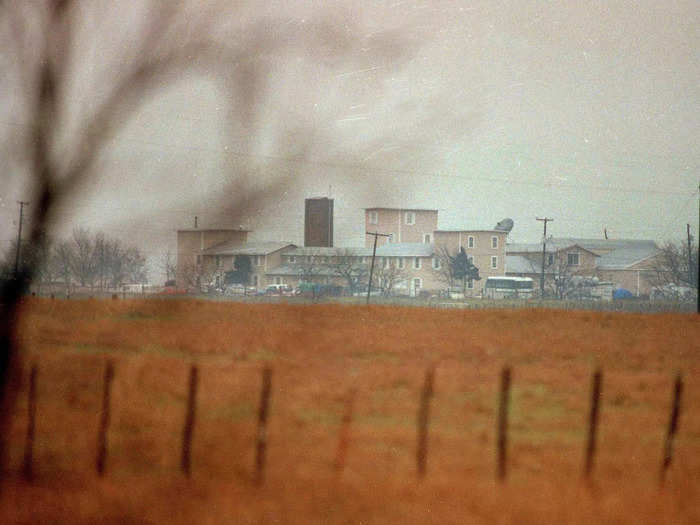
Sources: SBS, Waco Tribune-Herald
Upon first glance, you probably wouldn't have suspected that a few years earlier, in 1988, a gun battle had broken out at the Branch Davidian compound between different factions of the church.
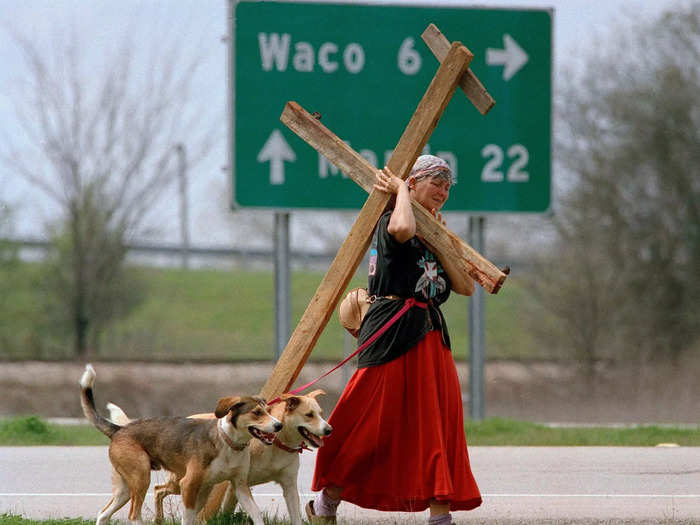
Sources: Los Angeles Times, Waco Tribune-Herald
Two leaders had been vying for control of the Branch Davidians. One of those leaders was a man named David Koresh, who had reportedly changed his name from Vernon Howell to boost his music career.
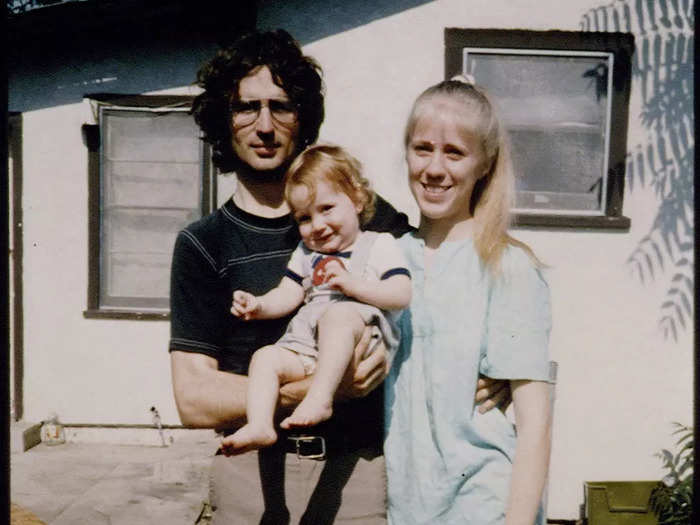
Koresh and his followers went to trial for attempted murder after the gun battle, but they were acquitted.
Afterwards, they had their guns — seven semi-automatic guns, three rifles, two shotguns and ammunition — returned to them.
Sources: Los Angeles Times, Waco Tribune-Herald
Things quieted down for the Branch Davidians for several years. But in 1992, editors at the local newspaper Waco Tribune-Herald launched an eight-month investigation into rumours about the group leader Koresh having sex with underage girls.
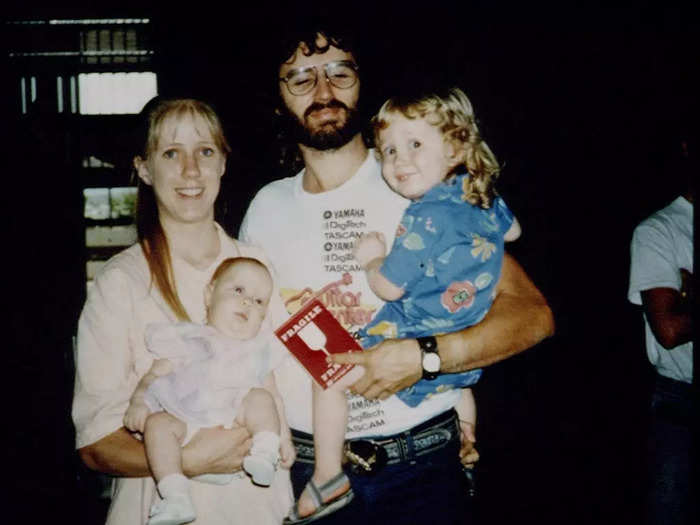
Source: Waco Tribune-Herald
By then, Koresh had a devout following made up of people from all over the world — from England to Hawaii to New Zealand and Australia.
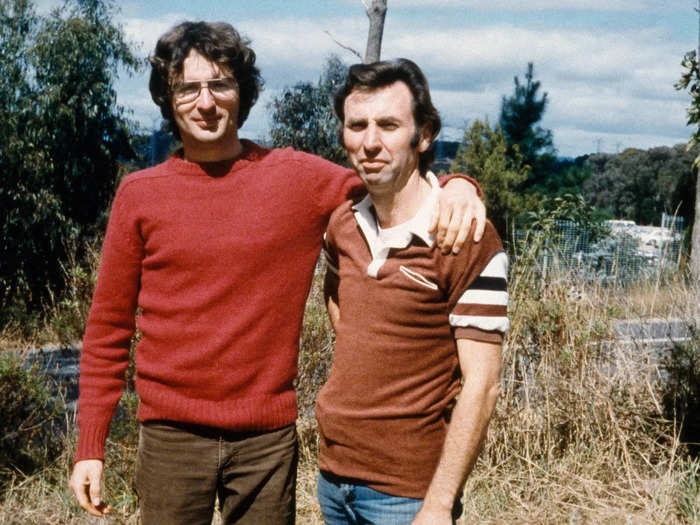
In the 1980s, he travelled to Australia and England to recruit followers.
He told people in England that the revelation was coming, claiming he was the messiah and could save them if they lived with him and led a life of prayer and preparation at the Branch Davidian compound in Waco.
Sources: Waco Tribune-Herald, BBC
But the Waco Tribune-Herald's investigation found that the well-loved religious leader had abused children, had underage sex with girls, claimed to have more than 15 wives and said that God had given him the right to sleep with anyone's wife.
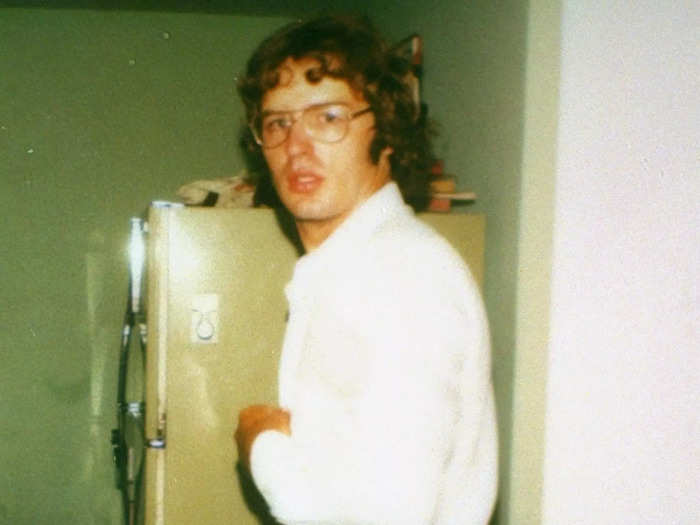
The investigation also said he was gathering weapons and controlled his followers with mind control techniques.
Source: Waco Tribune-Herald
But at the time, the Bureau of Alcohol, Tobacco, and Firearms had also been quietly conducting their own probe into the group for about a year. Officials believed Koresh was converting semi-automatic weapons into automatic weapons and making grenades.
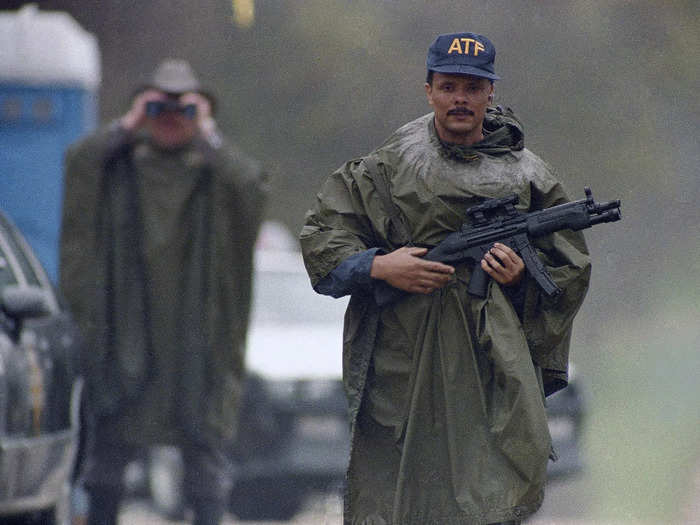
Sources: SBS, Waco Tribune-Herald
The ATF tried to stop the newspaper running the story, but on Saturday, February 27, 1993, the Waco Tribune-Herald ran its investigation about Koresh, calling him "The Sinful Messiah."

The opening line of the article reads: "If you are a Branch Davidian, Christ lives on a threadbare piece of land 10 miles east of Waco called Mount Carmel."
According to the article, Koresh "has dimples, claims a ninth-grade education, married his legal wife when she was 14, enjoys a beer now and then, plays a mean guitar, reportedly packs a 9mm Glock and keeps an arsenal of military assault rifles, and willingly admits that he is a sinner without equal."
One private detective in the article stated he did not believe the authorities would act unless "someone is killed."
Source: Waco Tribune-Herald
The next morning, a Sunday in late February 1993, about 76 federal agents tried to search the grounds of the compound and arrest Koresh.
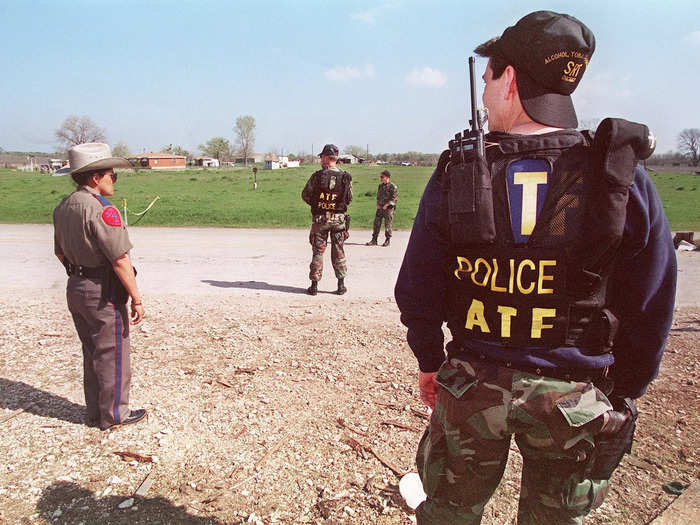
Sources: PBS, Dallas Morning News, Mirror, SBS
For two hours, the agents fought the Branch Davidians. Four agents and six Branch Davidians were killed, while numerous others were injured.
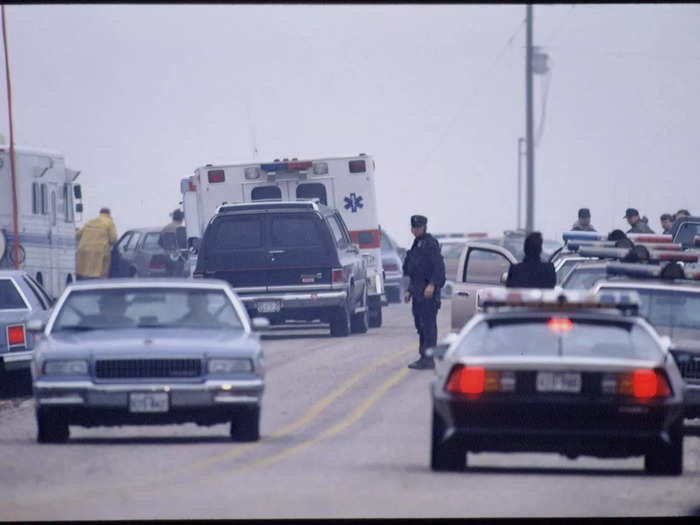
Over the next 51 days, thanks to an amalgamation of stubbornness by Koresh and overzealousness by federal agents, a media campaign arose that created a two-dimensional narrative about the Branch Davidian community — Koresh as the crazy leader preaching about the end of the world and his mesmerized followers.
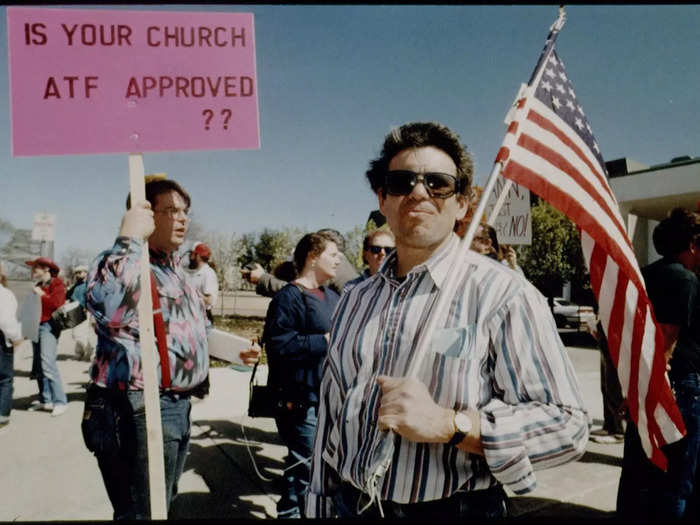
Sources: The Conversation, SBS
Two days later, on March 2, 1993, the FBI took over the siege, since the killing of the ATF agents was considered a federal crime. They cut off all access to the property and flew in negotiators and hostage rescue experts.
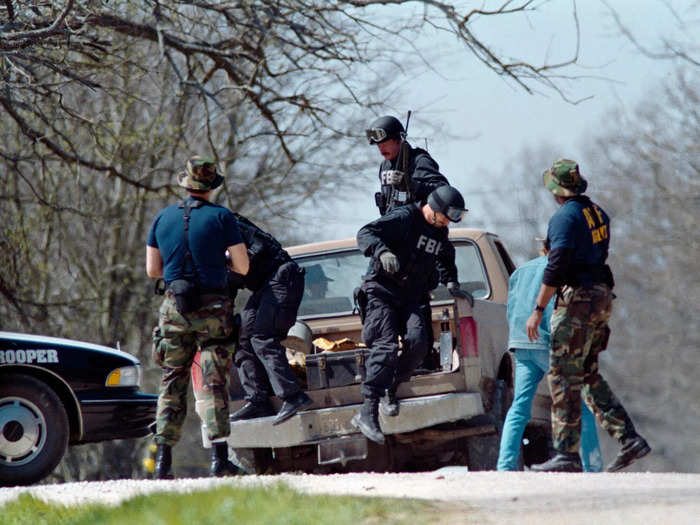
Sources: Dallas Morning News, The Conversation, Los Angeles Times
On the same day, two women in their 70s and eight children left the compound. They took with them an audiotape Koresh wanted played on the radio. On the tape, he promised to come out before there was any more bloodshed. But he never did.
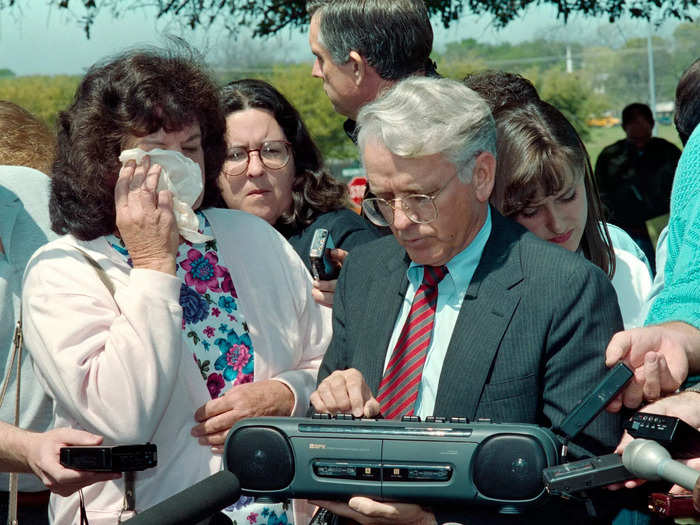
Source: Los Angeles Times
At this point, FBI negotiator Gary Noesner was working on getting people out. He helped 35 people — 21 of whom were children — escape the compound.
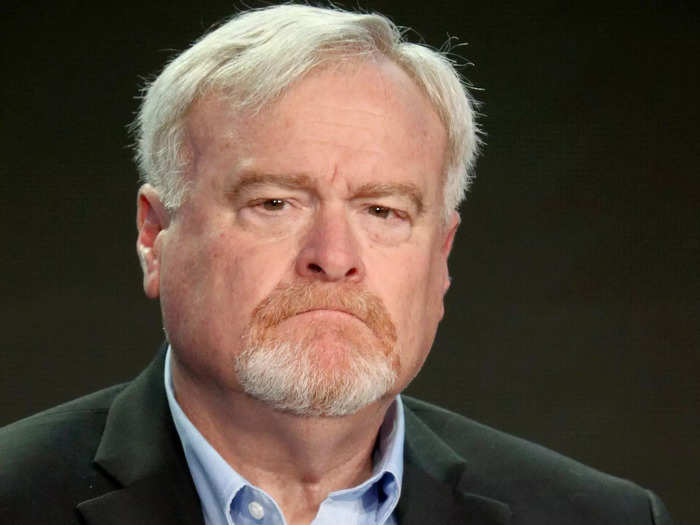
Source: The Conversation
Yet even as Noesner's negotiations worked, the FBI got more and more forceful. They cut the compound's power and blasted the building with noise at night to ruin their sleep.
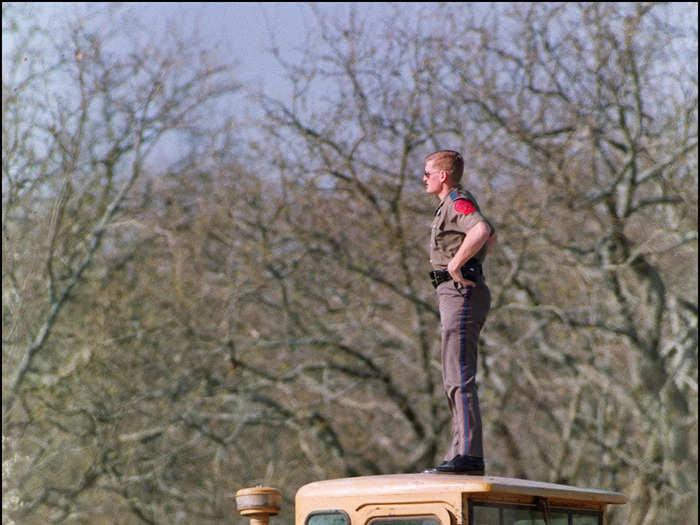
They cut off the phone lines so Koresh could only talk to them.
In response, Koresh said either restore the phone lines or live knowing they were the ones, "that killed these little children."
Noesner tried to get the FBI to change tactics, but instead he was taken off the case.
Sources: The Conversation, Dallas Morning News
The FBI also began to accuse the media of interfering. On March 11, 1993, after radio host Ron Engelman appealed to the compound to signal if they needed any help, the FBI told the media to stick to their job of reporting the facts.
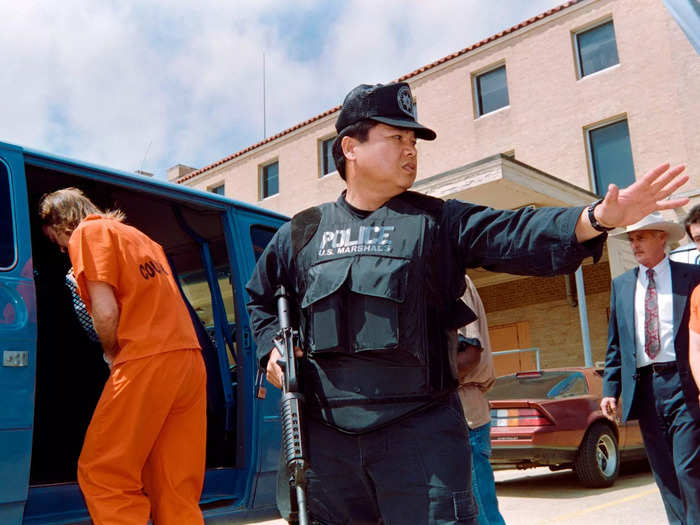
But Engelman didn't like being told what to do.
"I say to hell with them. Basically because there are two sides to every story," he said. "We're only hearing one side of the story."
Source: Washington Post
But Engelman had a point. The FBI were technically controlling the narrative, making sure the media stuck to its talking points — that Koresh was a cult leader, a liar, someone who could not be negotiated with.
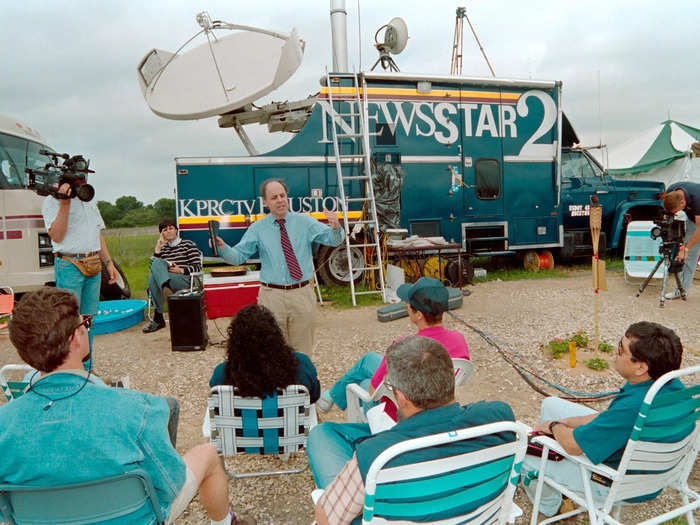
The FBI also withheld footage of the Branch Davidians to stop them from being humanized to the general public.
Source: The Conversation
Even so, as the siege continued, Koresh became famous. Despite his protestations, he was compared to Jim Jones, the cult leader responsible for the Jonestown Massacre.
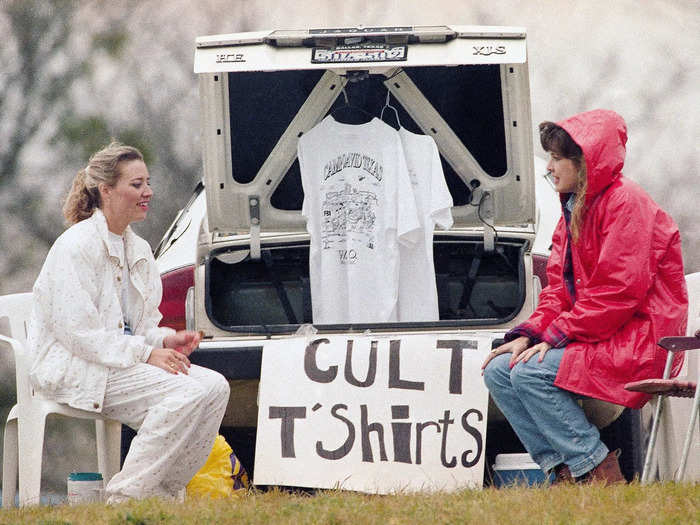
Sources: The Conversation, SBS
The public took sides. Here, protesters led an anti-ATF rally.
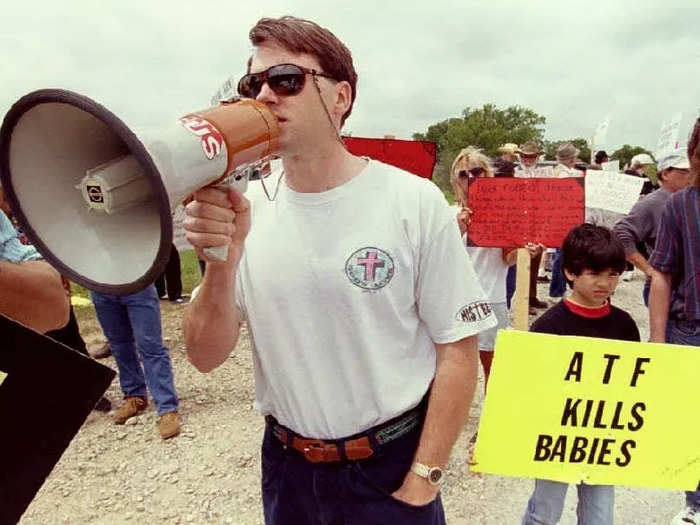
While others showed their support for federal agents. One sign reads, "We support ATF, FBI, and local law."
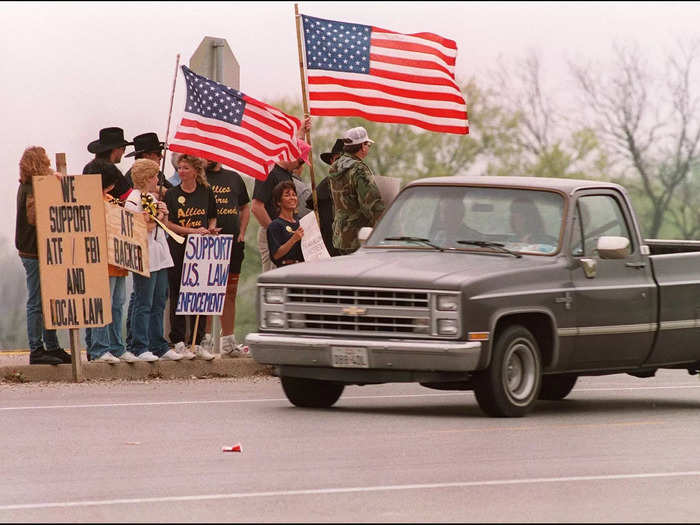
On March 24, 1993, the FBI offered Koresh another radio slot to air his beliefs in exchange for ending the siege. Koresh refused. By this point, 35 members had left the compound.
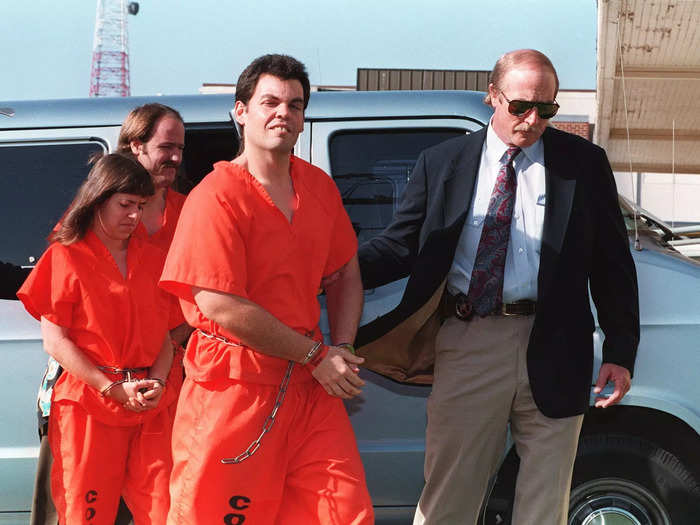
Source: Los Angeles Times
On March 30, 1993, the FBI allowed Koresh's lawyer Dick DeGuerin, who was hired by Koresh's mother Bonnie Haldeman, to enter the compound to discuss ending the siege. Afterwards, he told reporters he was "very hopeful" it would be over soon.
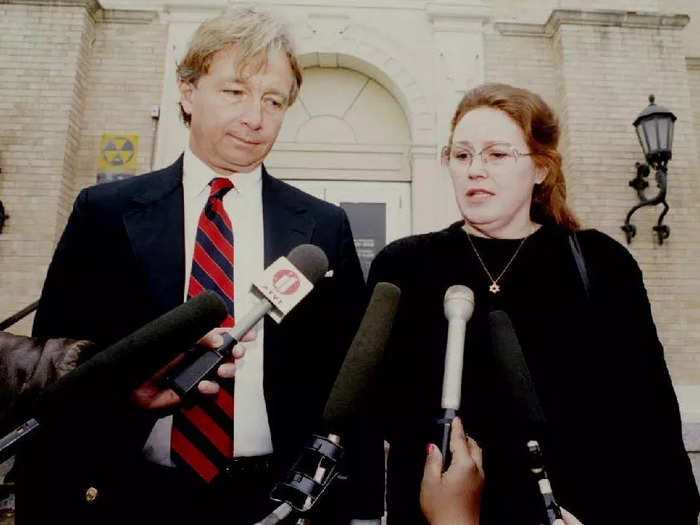
Source: Washington Post
But it didn't end. Meanwhile, siege tourists kept visiting a hill about three miles away known as "T-shirt Hill," a look-out spot where you could buy Koresh t-shirts, souvenirs, and food.
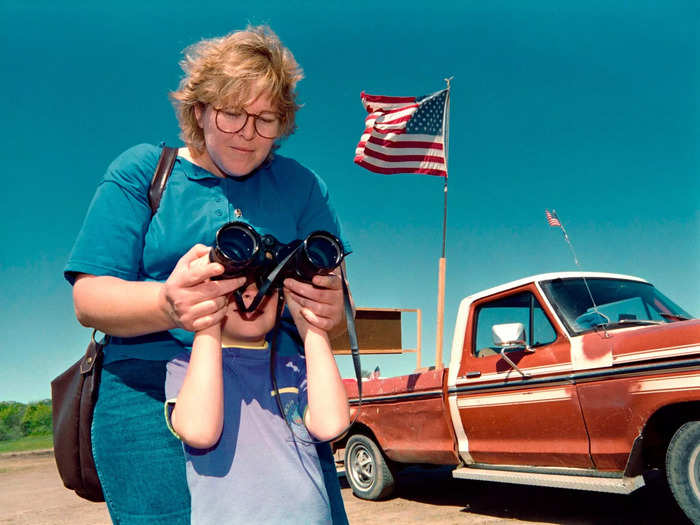
Sources: The Conversation, Washington Post
But onlookers were oblivious to what was going on inside — Koresh had predicted that between April 6 to 13, 1993, they would all be killed. The FBI knew about his prediction, and both sides were watching and waiting.

Source: The Conversation
But on April 14, 1993, Koresh cut a deal that once he had finished writing a religious tract based on the Book of Revelation, the final book of the Christian Bible, everyone would leave the compound through metal detectors. He said it would be within two weeks.
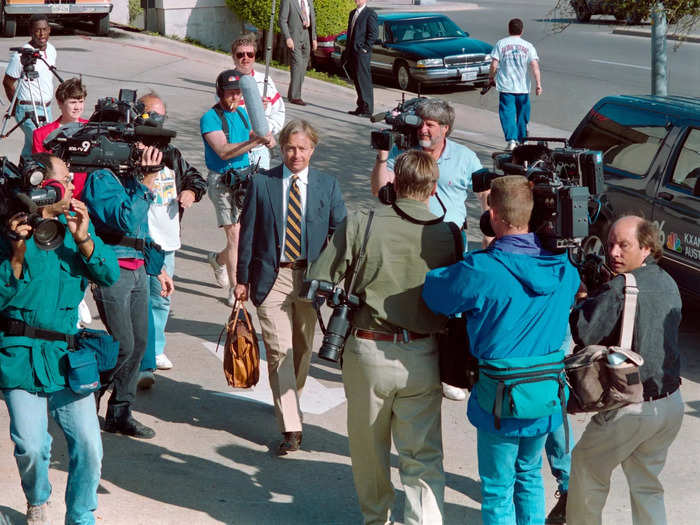
That afternoon, DeGuerin relayed the news to two FBI agents named Bob Ricks and Jeffrey Jamar.
While Ricks was impatient, Jamar told DeGuerin they had all the time necessary.
But two years later, in 1995, officials dismissed the agreement as just another tactic to delay.
Sources: The Conversation, Los Angeles Times
Except the next day, officials pressured Attorney General Janet Reno to greenlight a tear-gas strategy.
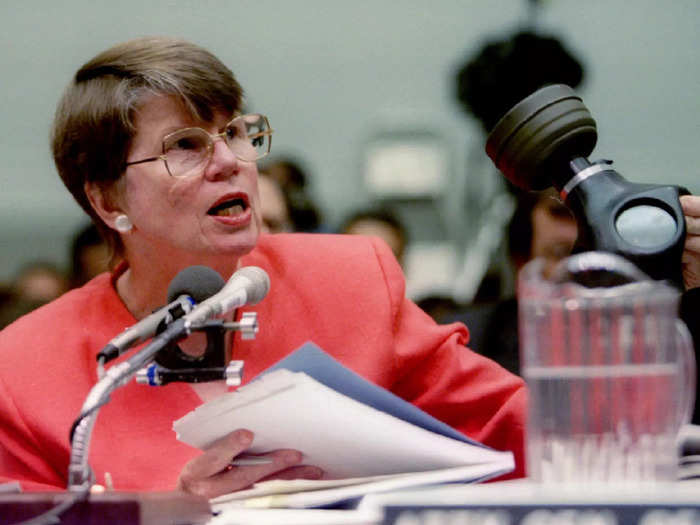
They advised her there was nothing further negotiators could do. It was going nowhere. A later report quoted an FBI negotiator stating that they had been at a "total impasse."
An investigative report also stated that "law enforcement personnel at the scene were getting tired, and their tempers were fraying."
Source: Los Angeles Times
On April 19, 1993, nearly two months since the ATF's raid, the FBI launched its assault on the compound. They used tanks and tear gas. It was like a war zone.
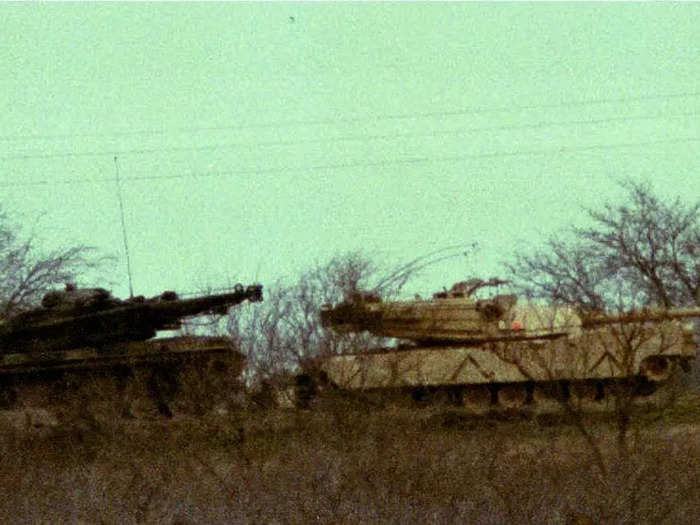
Though what exactly happened during the attack is still under dispute, federal agents did fire explosives into the compound's walls to create holes, through which they funnelled tear gas to force everyone out of the building.
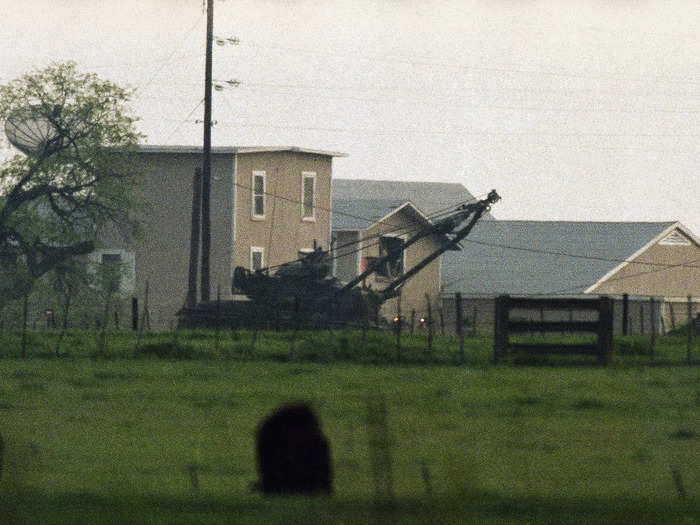
Sources: SBS, New York Times
At some point, three separate fires erupted at the site. Aided by strong winds, the fire spread rapidly, and the compound burned to the ground, killing 76 people inside, including Koresh.
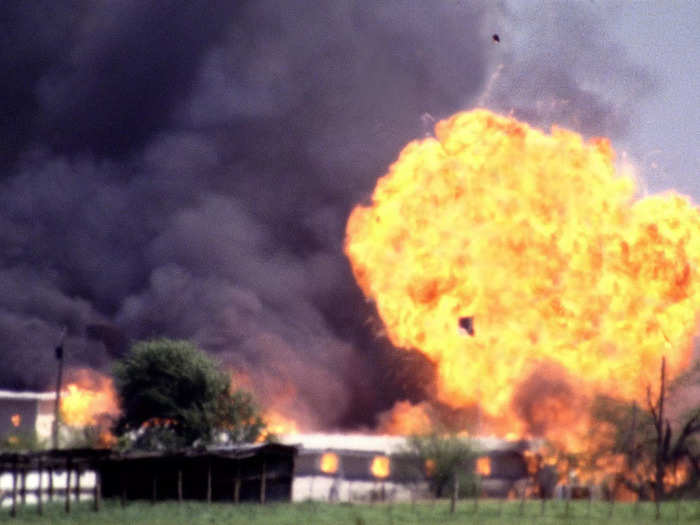
Afterwards, The New York Times questioned the FBI about why there had been no fire engines at the scene.
A FBI spokesperson said there were no fire engines at the scene because they were not equipped to deal with gunfire but later conceded that no one had predicted there would be a fire.
Sources: SBS, New York Times
In the weeks afterwards, two narratives emerged: one was that Koresh and the Davidians had started the fires to induce a mass suicide.
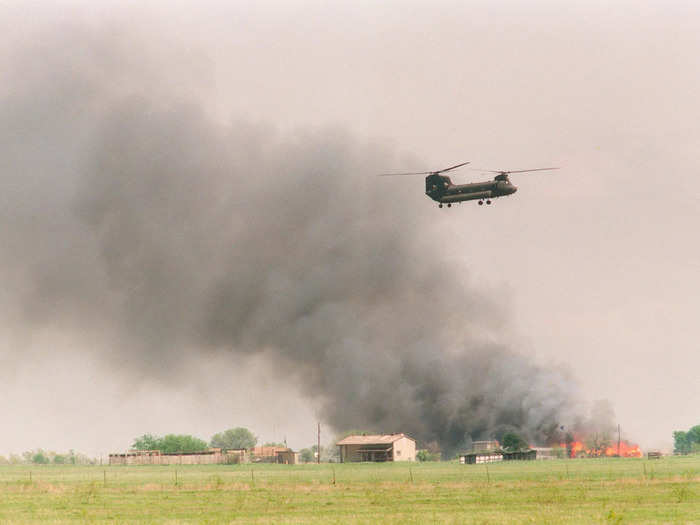
Sources: SBS, New York Times
The other narrative was that the FBI's tear gas was responsible. The FBI denied this.
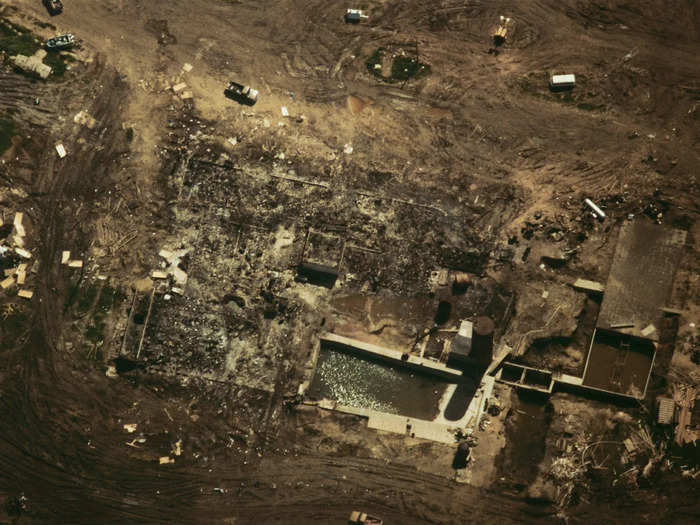
According to an article published on April 20, 1993, in The New York Times, the FBI said Koresh had given the order to pour fuel over the compound and light matches.
The FBI insisted that the tear gas was not the cause of the fire.
Sources: SBS, New York Times
Six years later, in 1999, an independent inquiry found — despite the death toll and the fact the FBI ignored Koresh's agreement to come out in two weeks — other than misleading the public about its use of tear gas, the FBI had done nothing wrong.
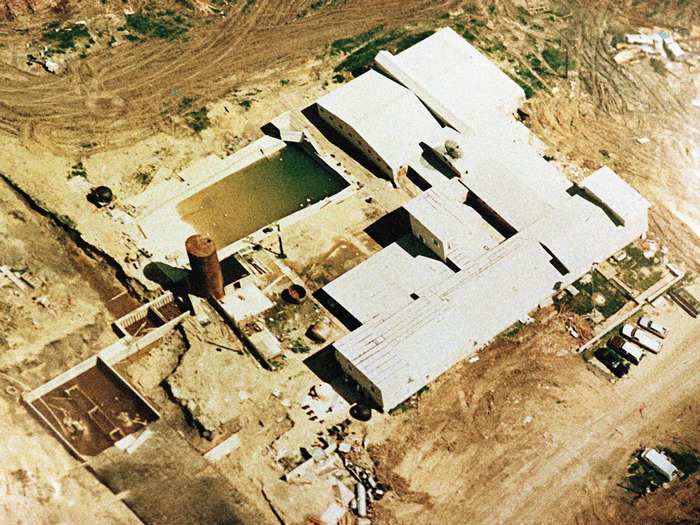
Source: SBS
But not everyone agreed. Ramsay Clark, a lawyer who represented the surviving Branch Davidians, said history will remember the FBI's assault on the compound as "the greatest domestic law enforcement tragedy in the history of the United States."
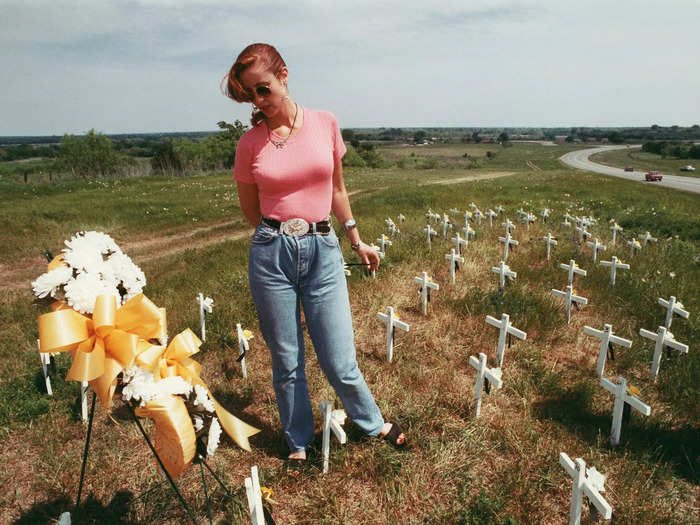
Source: SBS
Popular Right Now
Popular Keywords
Advertisement